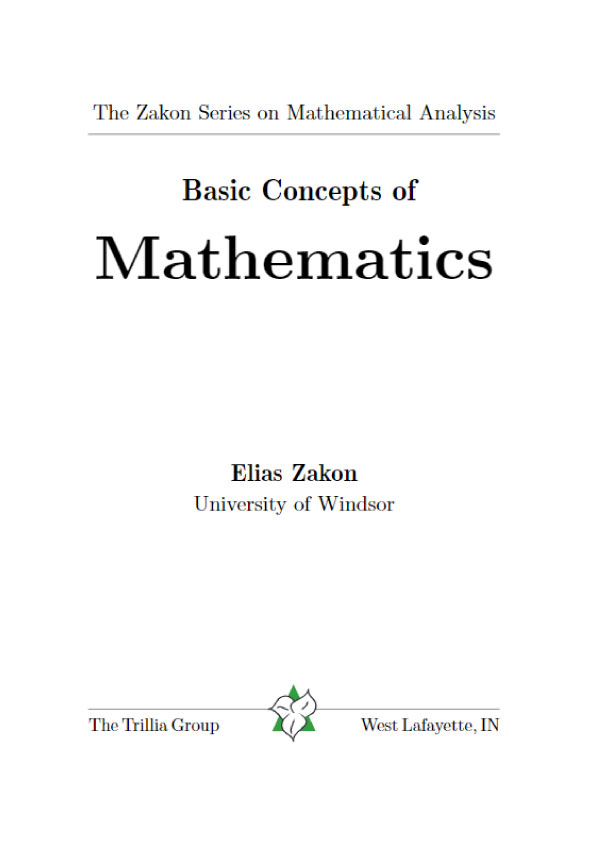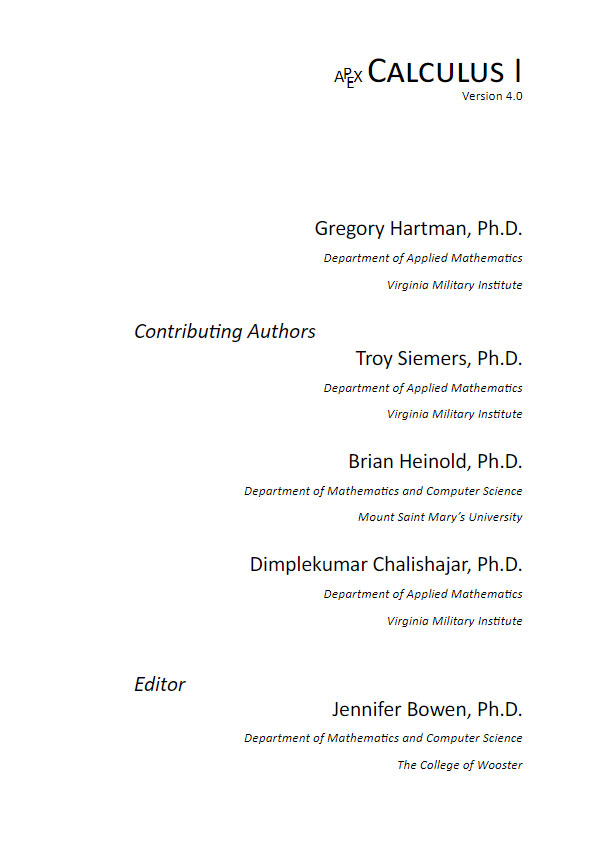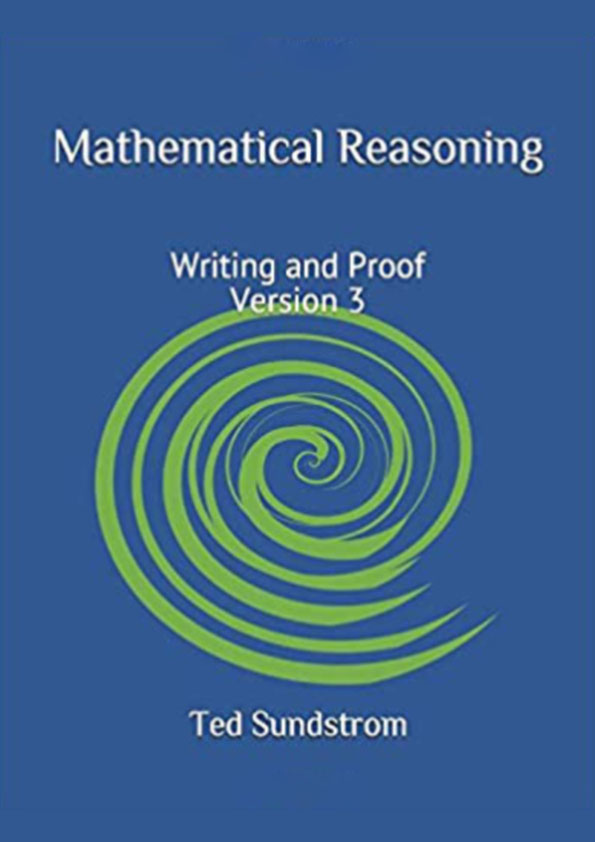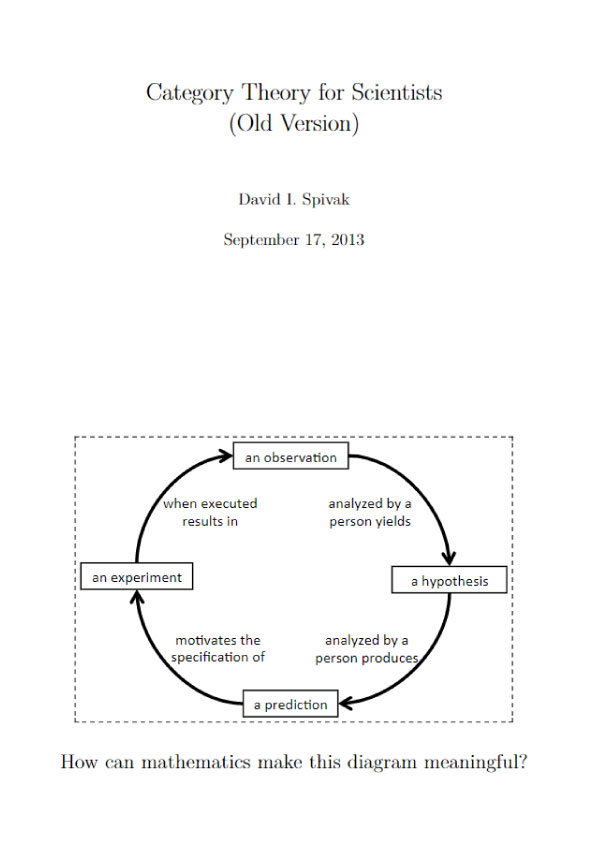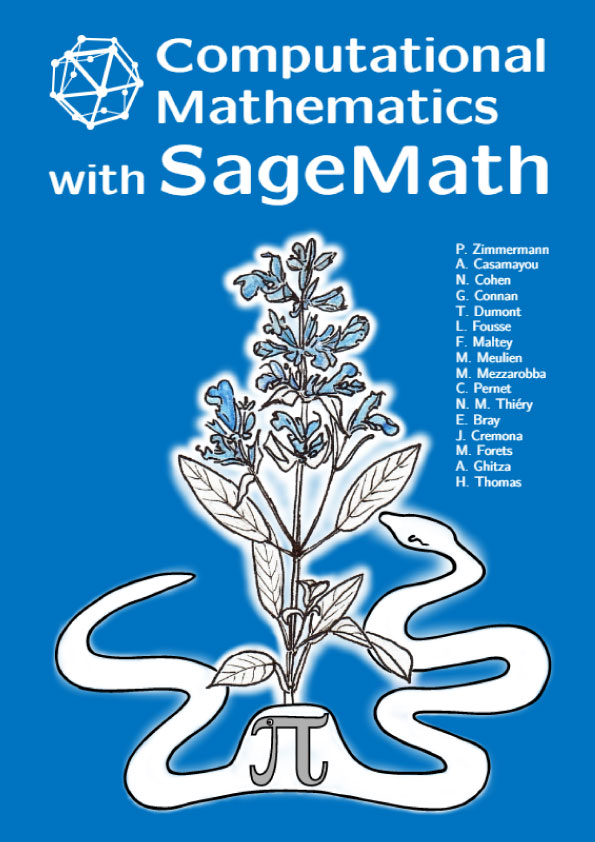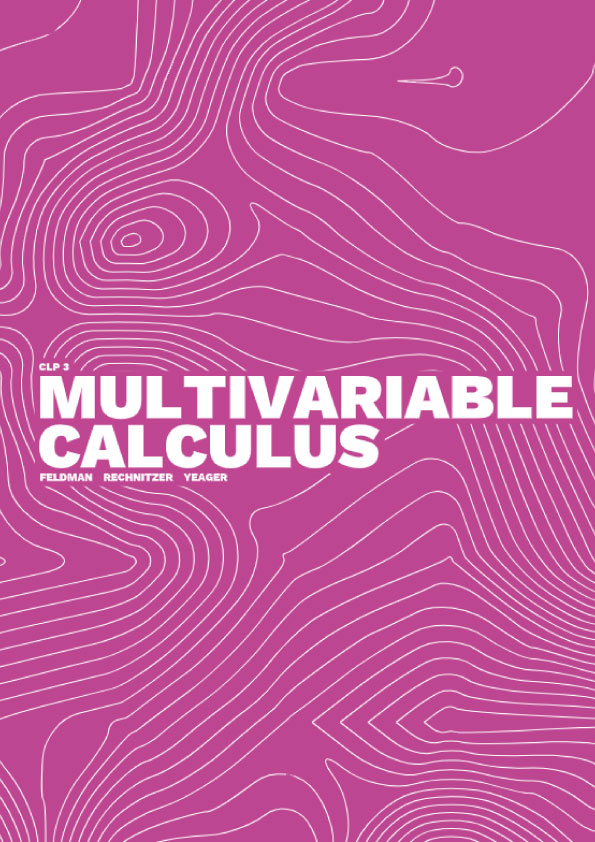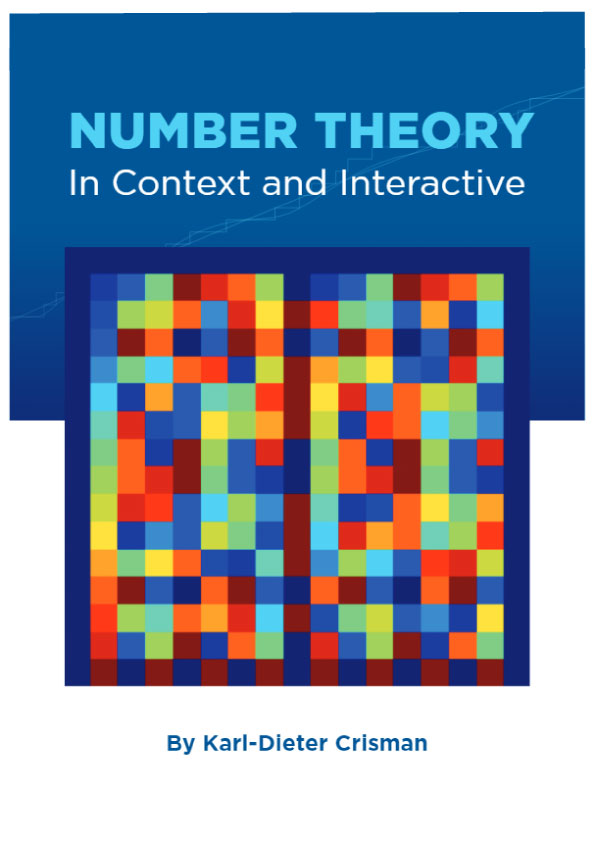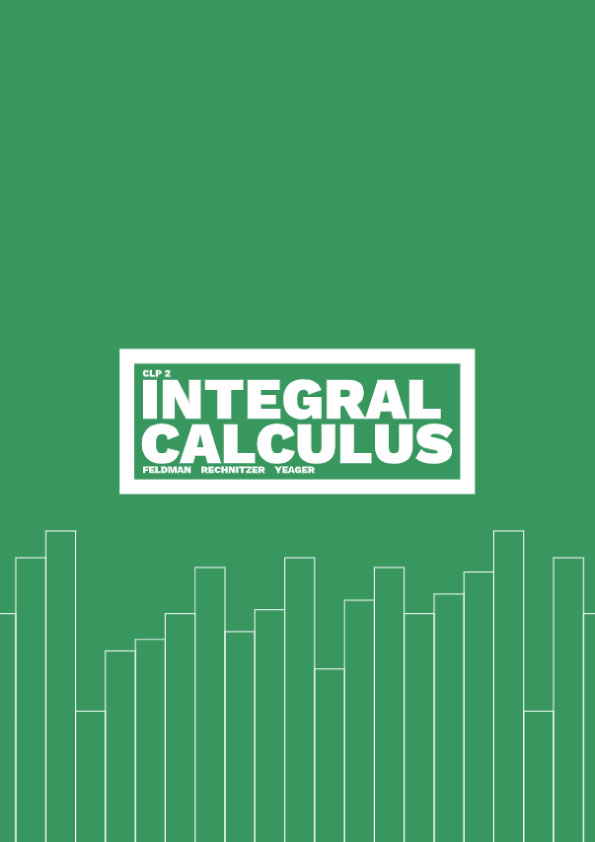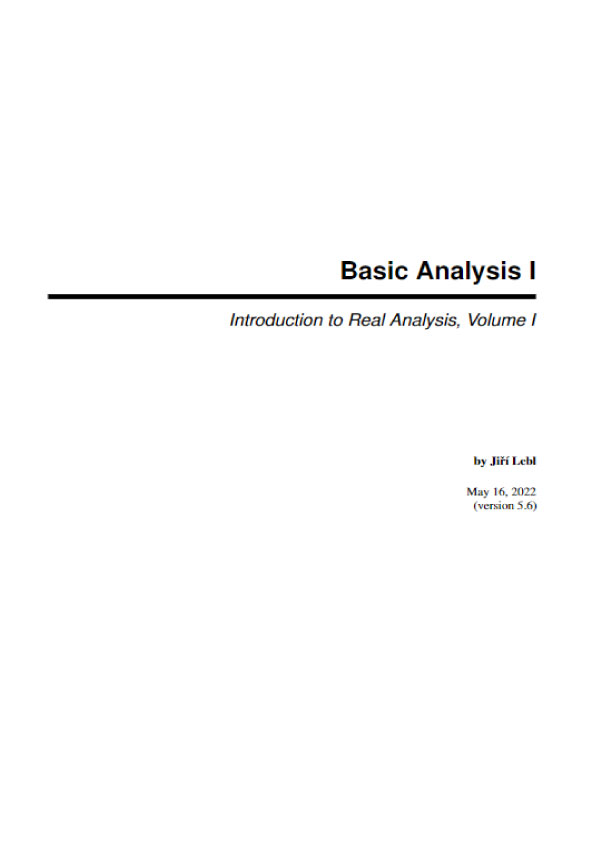Chapter 1 – Some Set Theoretical Notions
Introduction: Sets and Their Elements
The theory of sets, initiated by Georg Cantor (1845–1918), constitutes the basis of almost all modern mathematics. The set concept itself cannot be defined in simpler terms. A set is often described as a collection (“aggregate”, “class”, “totality”, “family”) of objects of any specified kind. However, such descriptions are no definitions, as they merely replace the term “set” by other undefined terms. Thus the term “set” must be accepted as a primitive notion, without definition. Examples of sets are as follows: the set of all men; the set of all letters appearing on this page; the set of all straight lines in a given plane; the set of all positive integers; the set of all English songs; the set of all books in a library; the set consisting of the three numbers 1, 4, 17. Sets will usually be denoted by capital letters, A, B, C, . . . , X, Y , Z.
The objects belonging to a set A are called its elements or members. We write x ∈ A if x is an element of the set A, and x /∈ A if it is not. Example.
If N is the set of all positive integers, then 1 ∈ N , 3 ∈ N , + √ 9 ∈ N , but√
7 /∈ N , 0 /∈ N , −1 /∈ N , 1 2 /∈ N .
It is also convenient to introduce the so-called empty (“void”, “vacuous”) set, denoted by ∅, i.e., a set that contains no elements at all. Instead of saying that there are no objects of some specific kind, we shall say that the set of these elements is empty; however , this set itself , though empty , will be regarded as an existing thing .
Once a set has been formed, it is regarded as a new entity, that is, a new object, different from any of its elements. This object may, in its turn, be an element of some other set. In fact, we can consider whole collections of sets (also called “families of sets”, “classes of sets”, etc.), i.e., sets whose elements are other sets. Thus, if M is a collection of certain sets A, B, C, . . . , then these sets are elements of M, i.e., we have A ∈ M, B ∈ M, C ∈ M, . . . ;
but the single elements of A need not be members of M, and the same applies to single elements of B, C, . . . . Briefly, from p ∈ A and A ∈ M, it does not follow that p ∈ M. This may be illustrated by the following examples. Let a “nation” be defined as a certain set of individuals, and let the United Nations (U.N.) be regarded as a certain set of nations. Then single persons are elements of the nations, and the nations are members of U.N., but individuals are not members of U.N. Similarly, the Big Ten consists of ten universities, each university contains thousands of students, but no student is one of the Big Ten. Families of sets will usually be denoted by script letters: M, N , P, etc.
If all elements of a set A are also elements of a set B, we say that A is a subset of B, and write A ⊆ B. In this instance, we also say that B is a superset of A, and we can write B ⊇ A. The set B is equal to A if A ⊆ B and B ⊆ A, i.e., the two sets consist of exactly the same elements. If, however, A ⊆ B but B 6= A (i.e., B contains some elements not in A), then A is referred to as a proper subset of B; in this case we shall use the notation A ⊂ B. The empty set ∅ is considered a subset of any set; it is a proper subset of any nonempty set. The equality of two sets A and B is expressed by the formula A = B. Instead of A ⊆ B we shall also write B ⊇ A; similarly, we write B ⊃ A instead of A ⊂ B. The relation “⊆” is called the inclusion relation. Summing up, for any sets A, B, C, the following are true:
(a) A ⊆ A.
(b) If A ⊆ B and B ⊆ C, then A ⊆ C.
(c) If A ⊆ B and B ⊆ A, then A = B.
(d) ∅ ⊆ A.
(e) If A ⊆ ∅, then A = ∅.
The properties (a), (b), (c) are usually referred to as the reflexivity , transitivity , and anti-symmetry of the inclusion relation, respectively; (c) is also called the axiom of extensionality .
